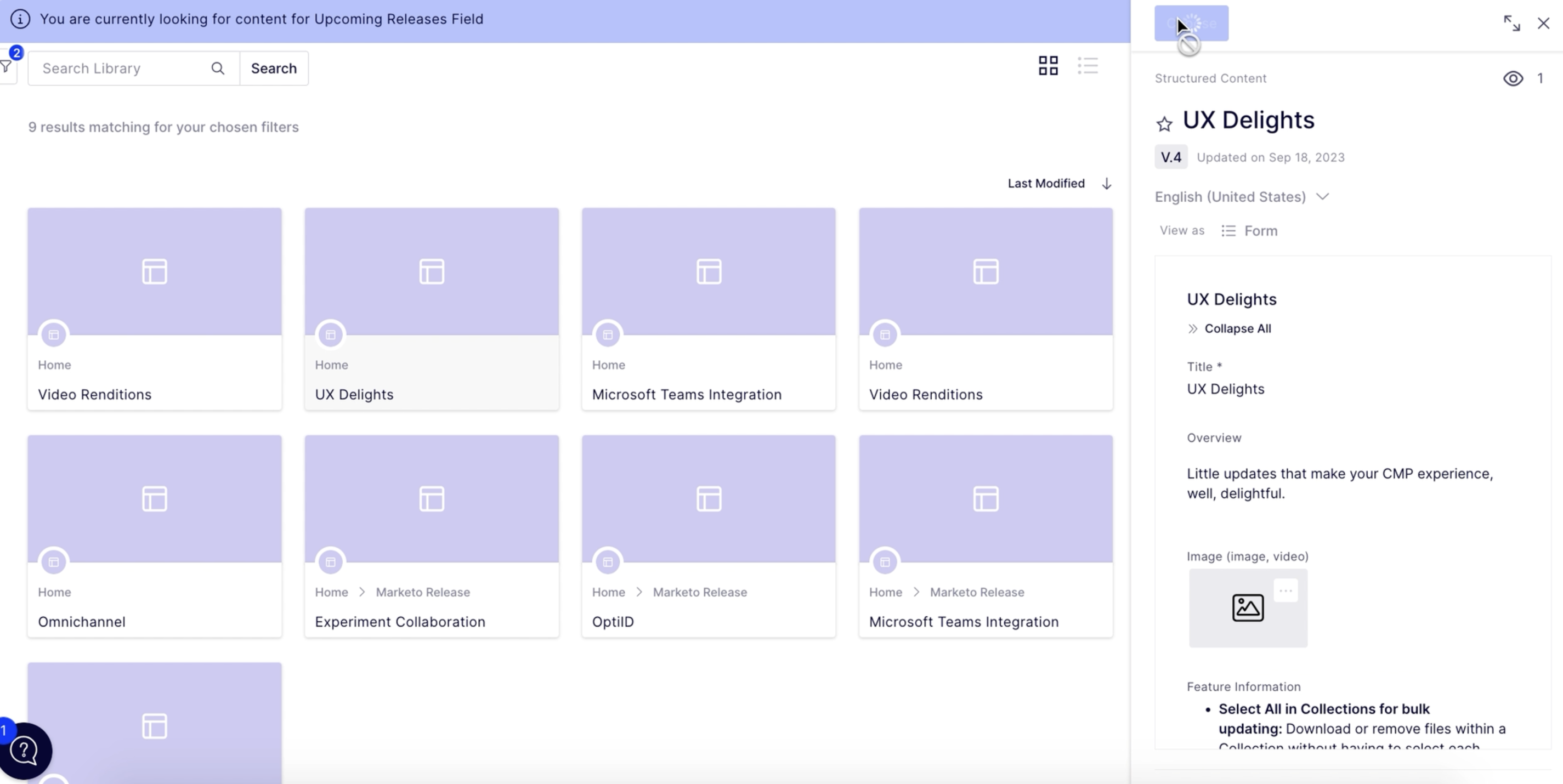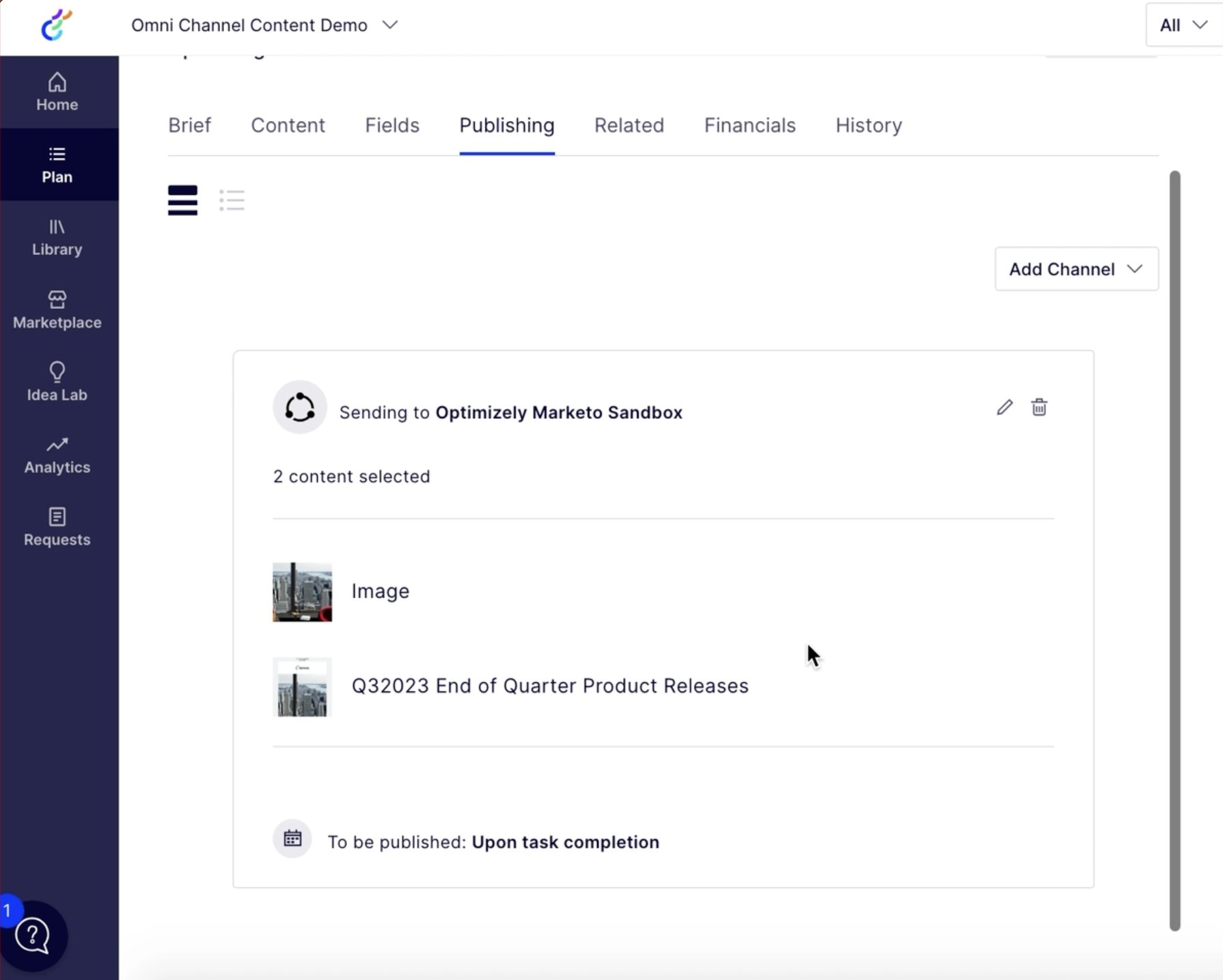Omnichannel authoring and delivery is the key to marketers' success in 2024


Let's cut to the chase: if you're not doing omnichannel marketing in 2024, you're behind.
A bold statement, I know, but in today's dynamic, digitally-driven landscape, the significance of omnichannel marketing for marketers cannot be overstated. Given the variety of channels available for customer engagement — from social media platforms to physical stores — adopting a unified approach to marketing is crucial.
Omnichannel marketing is much more than multi-channel marketing. Omnichannel refers not only to a cross-channel strategy aimed at providing seamless customer experiences (regardless of where they choose to engage with a brand), but also with consistent messaging and quality across all modes of interaction. It also requires marketers to do this efficiently; by creating content once and saving it as a component that can be reused cross channels. This is the gold standard of marketing, and paves the way for personalized experiences that not only enhance customer satisfaction but also lead to increased brand loyalty and revenue growth.
You can see why this is such a make-or-break moment in the future success of a marketing organization: either adapt to omnichannel now, or get left behind in the ether of "multi-channel marketing" — so 2019.
To effectively get started with omnichannel marketing, you need the technology to support it: an omnichannel editor and delivery experience, if you will.
Here are four big shortcomings marketing organizations are facing, and how Optimizely's new Omnichannel Authoring & Delivery capabilities within our Content Marketing Platform can make your omnichannel strategy — and execution — successful.
1. Content creation takes too long
Creating quality content for one channel is hard enough, but creating for multiple channels can take weeks to produce. Our omnichannel editing experience let's marketers create content fast with AI-powered ideation and generation, SEO analysis, and collaborative tools like workflows and inline commenting, to make content creation across multiple easier than ever.
2. Unable to efficiently reuse content
It's a tale as old as time: marketers create a piece of content that gets lost in the shuffle, never to be reused and maybe even duplicated. Content waste and duplication can cause a tangible strain on resources.
Marketers only need to create content once in the omnichannel editor, where it will be saved as a component in the Library that can easily be reused and pulled into various different content experiences, reducing the risk of duplicated efforts. Marketers can also update the copy once, and the content within the component will update across all pages instantly.
By breaking content down into smaller pieces, marketers can easily slice and dice to use it across different experiences without having to create content from scratch for each channel. For example, quotes used in a blog post can later be pulled into a landing page and a customer story.
Forrester Wave™ for CMS
3. Lack of visibility into content previews before distribution
Marketers spend all this time creating content, editing, getting the messaging right, optimizing for SEO, getting approvals, etc., but then have to go through hoops just to get a preview (if at all). When it's finally distributed and we see it, oftentimes there's no turning back — it's too much of a process to get the technical (or email, social, digital team) to make edits. So we settle for "good enough."
Never. Again.
The omnichannel editor in our Content Marketing Platform allows marketers to preview their content before distribution, without needing access to the destination platform. Need to see how a Marketo email looks? No problem — click a button. Want to double check the messaging on a landing page? It's right in your editor window.
4. Unable to efficiently deliver content to any channel
How often do you send content over Slack, Microsoft Teams or email so that the channel owner can publish it for you? What if you could create content once, and deliver it to any channel without needing to navigate to your CMS, email software, or social media tool?
Enter: omnichannel delivery. Thanks to integrations, once your content is created and approved in the omnichannel editor, you can push it to, well, pretty much anywhere — without ever leaving the Content Marketing Platform.
These are the critical capabilities that marketers need to support a high-performing omnichannel content strategy. Don't get left behind — reach out to us to learn more about how Optimizely's Omnichannel Authoring & Delivery can completely revamp how your team does marketing.





